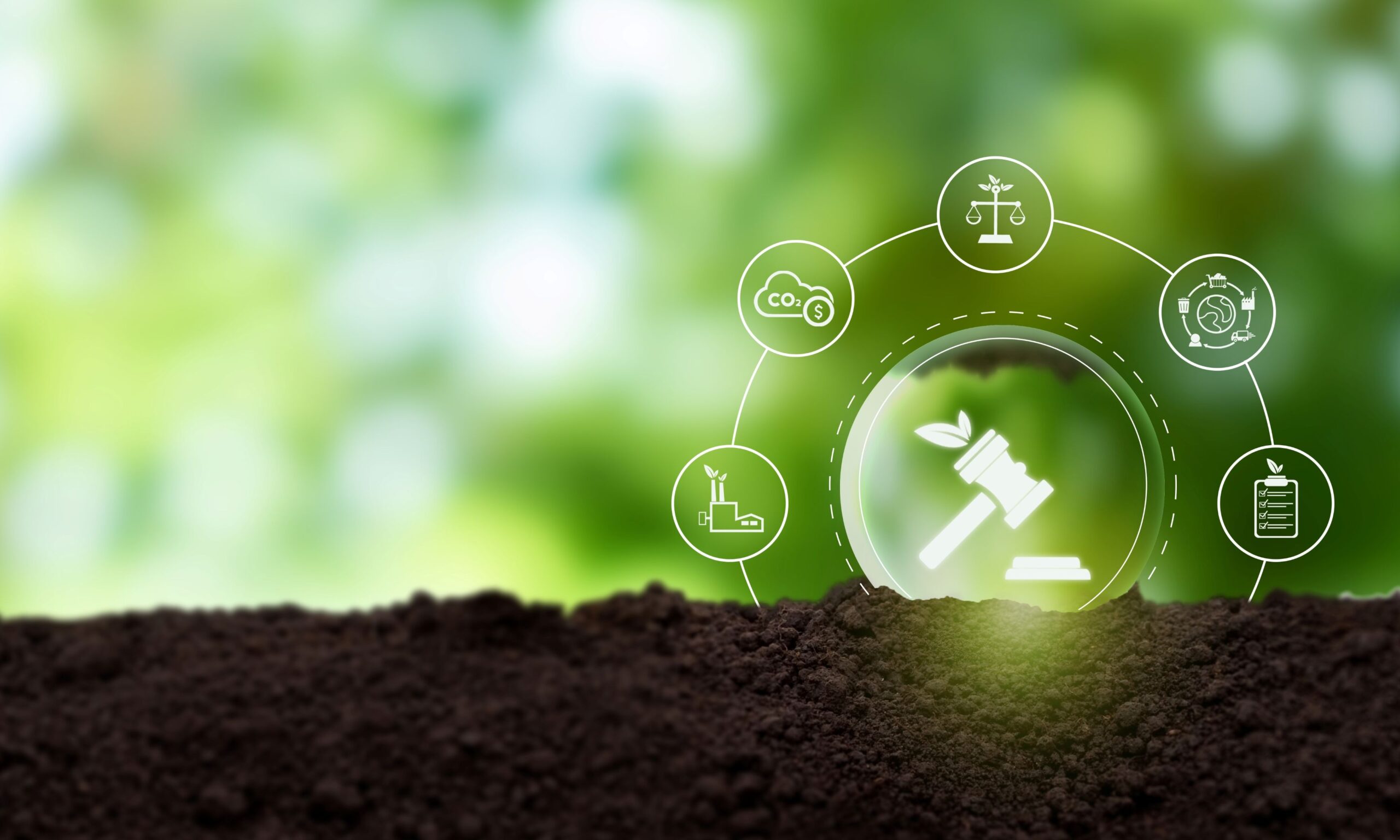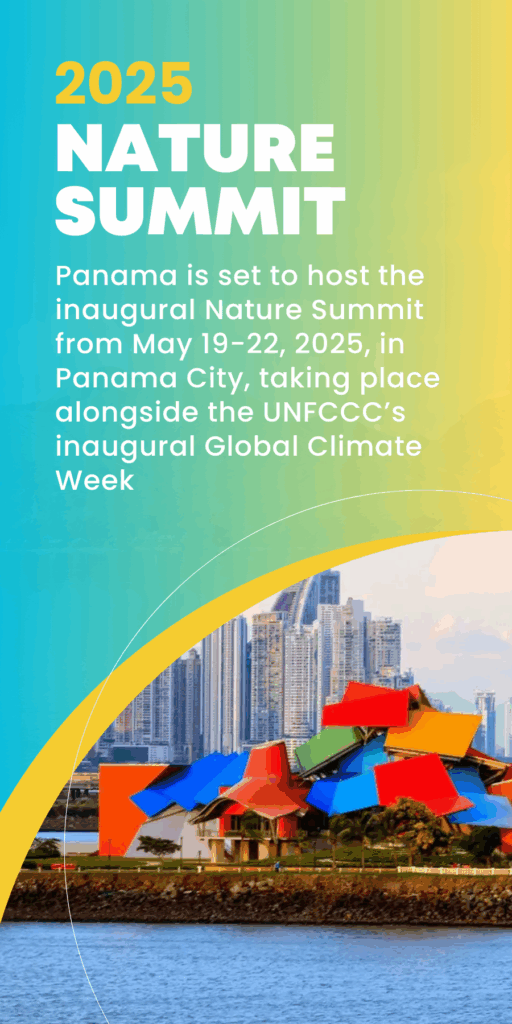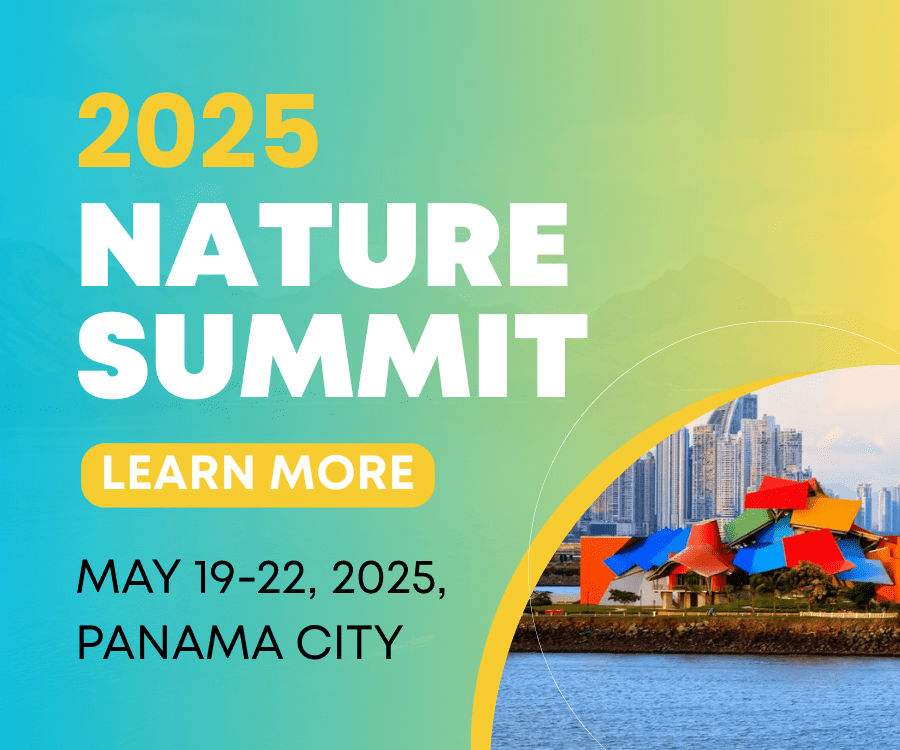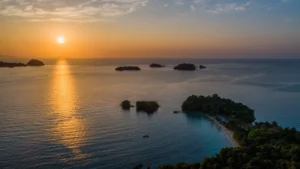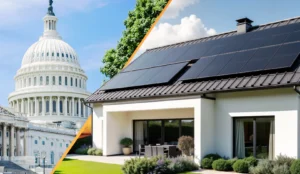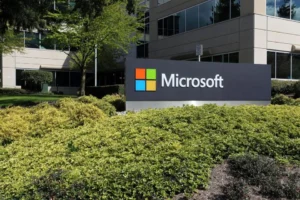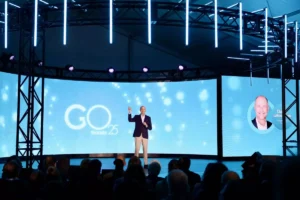re.green and Microsoft
re.green has finalized its largest carbon removal (CDR) project to date. re.green will deliver approximately 3 million tons of carbon removal credits over a 15-year period through the restoration of forests using solely native species, encompassing the planting of at least 10.7 million seedlings. This offtake agreement will backstop the restoration of over 16,000 hectares across Brazil (over half of which is already acquired with restoration activities underway), including in the States of Maranhão and Bahia.
re.green’s project offers world-leading science and business solutions for ecological restoration at scale with significant benefits to biodiversity and local workforce development. Moreover, re.green leverages satellite imagery, drones, and cloud-based machine learning models to optimize and monitor land selection and carbon capture validation. Further, this announcement highlights Brazil’s leadership on the global stage as a host for high-quality nature-based solutions at scale.
Thiago Picolo, re.green’s CEO, stresses: “Our company has positioned itself to meet the demands of a market that requires stringent standards for quality. We consider Microsoft’s carbon removal program to be a global benchmark for high integrity carbon removal and a leader in scientific advancement, validating our trajectory. This collaboration serves as tangible evidence that this market not only exists but has significant potential for growth in Brazil. We are committed to forging additional partnerships of this caliber.”
“We value the science-led innovation and business execution that re.green brings to this agreement. High-quality, nature-based solutions are vital to addressing climate change and we are excited to pursue this offtake deal in Brazil with re.green,” stated Brian Marrs, Senior Director for Energy & Carbon Removal at Microsoft. “Projects like those undertaken by re.green are an important part of our carbon removal portfolio.”

The Project
The decision to focus on the Atlantic Forest, the most deforested biome in Brazil, underscores the importance of evidence-based decisions guided by spatial prioritization algorithms and ecological potential. “The exceptional biodiversity impacts in Southern Bahia attracted Microsoft’s attention to the Atlantic Forest,” notes Bernardo Strassburg, re.green’s founder and chief scientist. Over the past two years, multiple scientific research activities have commenced within project areas now encompassed by the agreement with Microsoft, advancing scientific knowledge for environmental restoration and conservation.
Change the World - Subscribe Now
Acknowledging the importance of this biome, re.green has implemented innovative strategies, such as a cycle of planting and harvesting native timber, to facilitate restoration. Bernardo emphasizes: “The Atlantic Forest holds special significance for us; nowhere else on the planet does 1 ha of restored land prevent more species extinctions.”
Simultaneously, the Amazon Forest serves as the central pillar for scalability due to its vast potential to expand nature’s presence and deliver substantial environmental benefits to both ecosystems and local communities.
✅ Planting over 10.7 million seedlings
The vast diversity of species is essential for more than just carbon capture; it ensures biodiversity conservation, including the return of animal species, and aids in regulating water and temperature.
Studies conducted by the International Institute for Sustainability (IIS) demonstrate that regions where re.green operates within the Atlantic Forest have the potential to safeguard the habitat of over 1,500 endemic plant species.
✅ Scientific Methods
Recent scientific research by world-renowned experts, including Bernardo Strassburg, our founder and chief scientist, guides the selection of project areas, now included in the agreement with Microsoft.
✅ Technology: A Data-Driven Approach
From acquiring lands to implementing restoration models, a range of data-driven technologies, including continuous monitoring through satellite images and drones, will be utilized. These tools facilitate land selection strategies focused on maximizing carbon sequestration potential in biomes, enhancing biodiversity, and achieving positive climate outcomes.
Additionally, drones will be employed for efficient seed dispersal, optimizing the planting process in specific areas.


- According to a study in the scientific journal Nature, 65% of the biome’s almost 5,000 tree species are under threat.
- In the Atlantic Forest regions where some of re.green’s projects are located, you can potentially protect 14 endemic species and 83 threatened species, as studies by the International Institute for Sustainability (IIS) show.
- Historically, the Atlantic Forest is Brazil’s most deforested biome, facing unique challenges related to the high cost of land in the region.
- To facilitate restoration, re.green has implemented a timber harvesting cycle in the biome, one of the ten priority ecosystems for restoration according to the United Nations Environment Programme (UNEP) and the Food and Agriculture Organization of the United Nations (FAO). One reason is the high risk of species extinction rates.






